Home>Storage & Organization>Kitchen Organizing Tools>Why Does My Cat Meow After Using The Litter Box
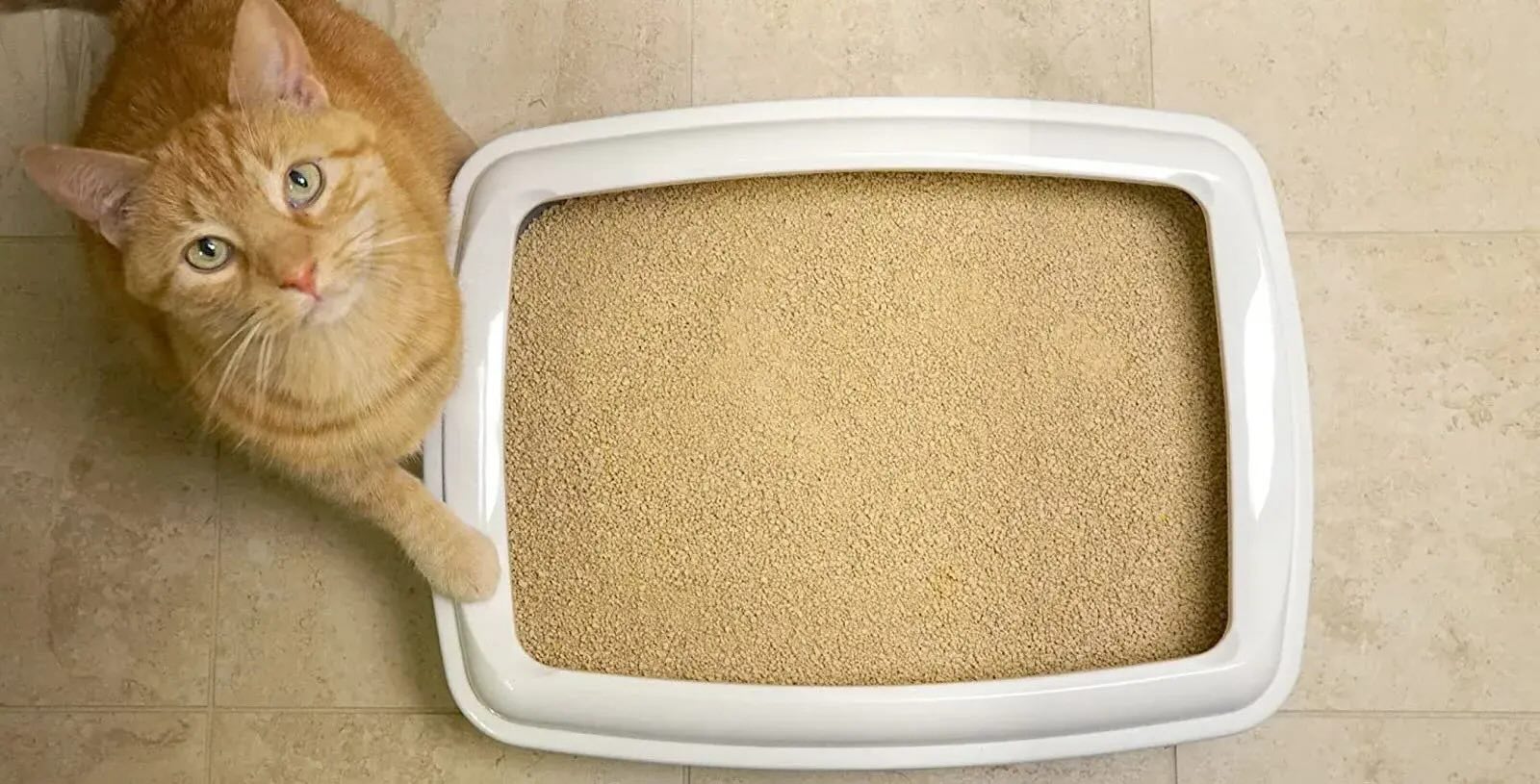

Kitchen Organizing Tools
Why Does My Cat Meow After Using The Litter Box
Modified: August 23, 2024
Discover the best kitchen organizing tools to keep your space clutter-free and efficient. Find the perfect solutions for your kitchen storage needs.
(Many of the links in this article redirect to a specific reviewed product. Your purchase of these products through affiliate links helps to generate commission for Storables.com, at no extra cost. Learn more)
Introduction
Cats are fascinating creatures with a wide range of behaviors that often leave their human companions puzzled. One such behavior that frequently raises questions is a cat's tendency to meow after using the litter box. This seemingly peculiar habit can prompt cat owners to wonder about the underlying reasons behind it. Understanding the motivations behind this behavior is essential for ensuring the well-being and contentment of our feline friends.
The post-litter box meowing phenomenon is a common occurrence that has piqued the curiosity of cat owners worldwide. While some cats may quietly exit the litter box without a sound, others express themselves vocally, leaving their human companions intrigued. This behavior can vary in intensity, frequency, and duration, further adding to the mystery surrounding it.
As responsible pet owners, it is crucial to delve into the potential causes of this behavior and explore the various factors that may contribute to a cat's vocalization after using the litter box. By gaining insight into the motivations behind this behavior, we can better understand our feline companions and provide them with the care and attention they need.
In the following sections, we will delve into the intricate world of cat behavior, examining the possible reasons behind a cat's meowing after using the litter box. We will explore both behavioral and medical factors that could influence this behavior, shedding light on the multifaceted nature of feline communication. Additionally, we will discuss potential solutions and strategies to address this behavior, aiming to foster a harmonious and fulfilling relationship between cats and their human caregivers.
Key Takeaways:
- Cats meow after using the litter box to express contentment, seek attention, or communicate discomfort. Understanding their needs and providing a supportive environment strengthens the bond between cats and their owners.
- Meowing after using the litter box can also indicate potential medical issues like urinary tract problems or gastrointestinal discomfort. Seeking veterinary care and addressing these concerns is crucial for a cat’s well-being.
Read more: Why Does My Cat Meow When In The Litter Box
Understanding Cat Behavior
Understanding cat behavior is a complex yet fascinating endeavor that requires a nuanced approach. Cats are known for their enigmatic nature, often displaying behaviors that can be both endearing and perplexing to their human companions. When it comes to the post-litter box meowing phenomenon, it is essential to consider the intricate dynamics of feline behavior and communication.
Cats are highly expressive animals that rely on a diverse range of vocalizations, body language, and actions to convey their needs, emotions, and intentions. Meowing, in particular, serves as a primary form of communication for cats, allowing them to express a myriad of emotions, including contentment, anxiety, hunger, and discomfort. Each meow can carry subtle nuances and variations, reflecting the cat's unique personality and individual communication style.
In the context of using the litter box, a cat's meowing after the act can be attributed to various behavioral and emotional factors. It is important to recognize that cats are creatures of habit, and their behaviors are often influenced by their environment, past experiences, and current emotional state. For some cats, meowing after using the litter box may serve as a form of self-expression, signaling a sense of satisfaction or relief. In contrast, other cats may vocalize to seek attention, communicate discomfort, or express their territorial instincts.
Furthermore, the act of meowing after using the litter box can also be linked to a cat's desire for interaction and social engagement. Cats are inherently social animals, and their vocalizations can serve as a means of initiating communication with their human companions. By meowing after using the litter box, a cat may be seeking acknowledgment, reassurance, or simply expressing a desire for companionship.
It is crucial to approach the understanding of cat behavior with empathy and attentiveness, recognizing that each cat is a unique individual with distinct preferences and communication styles. By observing and interpreting a cat's behavior within the broader context of their daily routines and interactions, we can gain valuable insights into their emotional well-being and overall satisfaction.
In the next sections, we will delve deeper into the potential reasons behind a cat's meowing after using the litter box, exploring both behavioral and medical considerations to provide a comprehensive understanding of this intriguing feline behavior.
Possible Reasons for Meowing After Using the Litter Box
The enigmatic behavior of a cat meowing after using the litter box can be attributed to a myriad of potential reasons, each offering valuable insights into the feline psyche. Understanding these underlying motivations is essential for deciphering the complex language of cats and addressing their needs effectively.
-
Expression of Contentment: Some cats may vocalize after using the litter box as a manifestation of contentment and satisfaction. The act of meowing can serve as a form of self-expression, signaling that the cat feels relieved and comfortable after completing its essential feline duty. This behavior reflects the cat's emotional state and can be seen as a positive affirmation of their well-being.
-
Seeking Attention and Interaction: Cats are known for their social and communicative nature, and meowing after using the litter box can be a way for them to seek attention and interaction with their human companions. By vocalizing after this routine activity, a cat may be expressing a desire for engagement, acknowledgment, or simply initiating a form of communication with their caregivers.
-
Expression of Discomfort or Anxiety: On the contrary, meowing after using the litter box can also indicate feelings of discomfort or anxiety in some cats. This behavior may serve as a subtle signal of unease, prompting cat owners to investigate potential stressors or environmental factors that could be contributing to the cat's emotional state. Understanding and addressing these underlying concerns is crucial for promoting the cat's overall well-being.
-
Territorial Communication: Cats are inherently territorial animals, and their vocalizations can serve as a means of asserting their presence and marking their territory. Meowing after using the litter box may be a way for a cat to communicate its ownership of the space, especially in multi-cat households or in environments with perceived threats or disruptions.
-
Desire for Interaction and Affection: Meowing after using the litter box can also stem from a cat's innate desire for interaction, affection, and reassurance from their human companions. This behavior reflects the cat's emotional need for companionship and can be seen as a subtle invitation for social engagement and bonding.
By recognizing and understanding these potential reasons for a cat's meowing after using the litter box, cat owners can gain valuable insights into their feline companions' emotional and behavioral needs. This deeper understanding paves the way for effective communication, empathy, and responsive caregiving, ultimately strengthening the bond between cats and their human caregivers.
Medical Issues to Consider
When a cat exhibits unusual behaviors, including meowing after using the litter box, it is essential to consider potential medical issues that could be contributing to this behavior. Cats, like humans, can experience various health concerns that may manifest in their behavior, including vocalizations. While behavioral and emotional factors often play a significant role in a cat's vocalizations, it is crucial to rule out any underlying medical conditions that could be causing discomfort or distress.
One of the primary medical issues to consider in the context of a cat's post-litter box meowing is urinary tract problems. Cats are susceptible to urinary tract infections, bladder inflammation, and other urinary issues that can cause discomfort and lead to changes in their behavior. Meowing after using the litter box may be a subtle indicator of urinary discomfort, prompting cat owners to seek veterinary attention to address potential medical concerns.
In addition to urinary tract issues, gastrointestinal problems can also contribute to a cat's vocalizations after using the litter box. Digestive issues, such as constipation, diarrhea, or gastrointestinal discomfort, can lead to vocal expressions of discomfort or distress. Cats may meow after using the litter box as a way of communicating their physical discomfort, signaling the need for medical evaluation and potential treatment.
Furthermore, it is essential to consider the possibility of pain or discomfort associated with the act of defecation or urination. Cats experiencing pain during elimination may vocalize as a response to their physical discomfort. This can be indicative of underlying medical conditions such as anal gland issues, arthritis, or other painful conditions that affect the cat's elimination process.
Moreover, senior cats may experience age-related health issues that could contribute to changes in their vocalizations after using the litter box. Conditions such as kidney disease, arthritis, or cognitive dysfunction can impact a senior cat's behavior and vocalizations. Meowing after using the litter box in senior cats may warrant a thorough veterinary assessment to address potential age-related health concerns.
By considering these potential medical issues, cat owners can take proactive steps to ensure their feline companions' well-being. Seeking prompt veterinary care and addressing any underlying medical conditions is crucial for promoting the overall health and comfort of cats, ultimately contributing to a harmonious and fulfilling relationship between cats and their human caregivers.
Behavioral Solutions
Addressing a cat's meowing after using the litter box requires a thoughtful and holistic approach that encompasses both behavioral and environmental considerations. By understanding the potential reasons behind this behavior, cat owners can implement effective strategies to promote their feline companions' well-being and address their emotional and communicative needs.
Environmental Enrichment
Creating a stimulating and enriching environment for cats can significantly impact their behavior and emotional state. Providing ample opportunities for mental and physical stimulation through interactive toys, scratching posts, climbing structures, and engaging play sessions can help alleviate potential stressors and channel a cat's energy in positive ways. Enriching the living space with hiding spots, perches, and visual stimuli, such as bird feeders or aquariums, can offer cats a sense of security and mental stimulation, reducing the likelihood of stress-related vocalizations.
Litter Box Management
Ensuring that the litter box meets a cat's preferences and needs is essential for promoting positive litter box experiences. Cats may vocalize after using the litter box if they encounter issues such as inadequate cleanliness, inappropriate litter type, or insufficient privacy. Maintaining a clean litter box, offering a variety of litter substrates to accommodate individual preferences, and providing multiple litter boxes in multi-cat households can help address potential litter box-related stressors and minimize post-elimination vocalizations.
Positive Reinforcement
Using positive reinforcement techniques can encourage desirable behaviors and strengthen the bond between cats and their human caregivers. By rewarding quiet and calm post-litter box behavior with treats, praise, or interactive play, cat owners can reinforce a positive association with using the litter box and reduce the likelihood of excessive vocalizations. Consistency, patience, and gentle encouragement are key components of positive reinforcement, fostering a supportive and nurturing environment for cats.
Stress Reduction
Identifying and mitigating potential stressors in a cat's environment is crucial for promoting emotional well-being and minimizing stress-related vocalizations. Cats may meow after using the litter box as a response to environmental stressors, such as changes in routine, household disruptions, or conflicts with other pets. Implementing calming pheromone diffusers, providing safe retreat spaces, and maintaining predictable daily routines can help alleviate stress and create a tranquil living environment for cats.
Read more: Why Does My Cat Spray In The Litter Box?
Veterinary Consultation
In cases where a cat's post-litter box meowing is accompanied by signs of distress or discomfort, seeking veterinary consultation is imperative. A thorough physical examination and potential diagnostic tests can help rule out underlying medical issues that may be contributing to the behavior. Addressing any medical concerns in a timely manner is essential for ensuring the cat's physical comfort and overall well-being.
By implementing these behavioral solutions and considering the unique needs and preferences of individual cats, cat owners can effectively address and manage a cat's meowing after using the litter box. Creating a supportive and enriching environment, addressing potential stressors, and seeking veterinary guidance when necessary are essential components of promoting a harmonious and fulfilling relationship between cats and their human caregivers.
Conclusion
In conclusion, the enigmatic behavior of a cat meowing after using the litter box encompasses a complex interplay of behavioral, emotional, and potential medical factors. Understanding the multifaceted nature of this behavior is essential for cat owners seeking to foster a harmonious and fulfilling relationship with their feline companions. By delving into the potential reasons behind a cat's post-litter box vocalizations, cat owners can gain valuable insights into their cats' emotional and communicative needs, paving the way for responsive and empathetic caregiving.
The act of meowing after using the litter box can serve as a form of self-expression, reflecting a cat's contentment, desire for interaction, or subtle signals of discomfort or anxiety. Recognizing and interpreting these vocalizations within the broader context of a cat's daily routines and interactions is crucial for understanding their emotional well-being and overall satisfaction.
Moreover, considering potential medical issues, such as urinary tract problems, gastrointestinal discomfort, or age-related health concerns, is imperative when addressing a cat's post-litter box meowing. Seeking prompt veterinary care and addressing any underlying medical conditions is essential for promoting the overall health and comfort of cats.
Implementing behavioral solutions, including environmental enrichment, litter box management, positive reinforcement, stress reduction, and veterinary consultation when necessary, can significantly impact a cat's post-litter box vocalizations. Creating a supportive and enriching environment, addressing potential stressors, and seeking veterinary guidance when necessary are essential components of promoting a harmonious and fulfilling relationship between cats and their human caregivers.
By embracing a holistic approach that encompasses both behavioral and medical considerations, cat owners can effectively address and manage a cat's meowing after using the litter box. This approach fosters a deeper understanding of cats' emotional and communicative needs, ultimately strengthening the bond between cats and their human caregivers and nurturing a fulfilling and enriching companionship.
Frequently Asked Questions about Why Does My Cat Meow After Using The Litter Box
Was this page helpful?
At Storables.com, we guarantee accurate and reliable information. Our content, validated by Expert Board Contributors, is crafted following stringent Editorial Policies. We're committed to providing you with well-researched, expert-backed insights for all your informational needs.
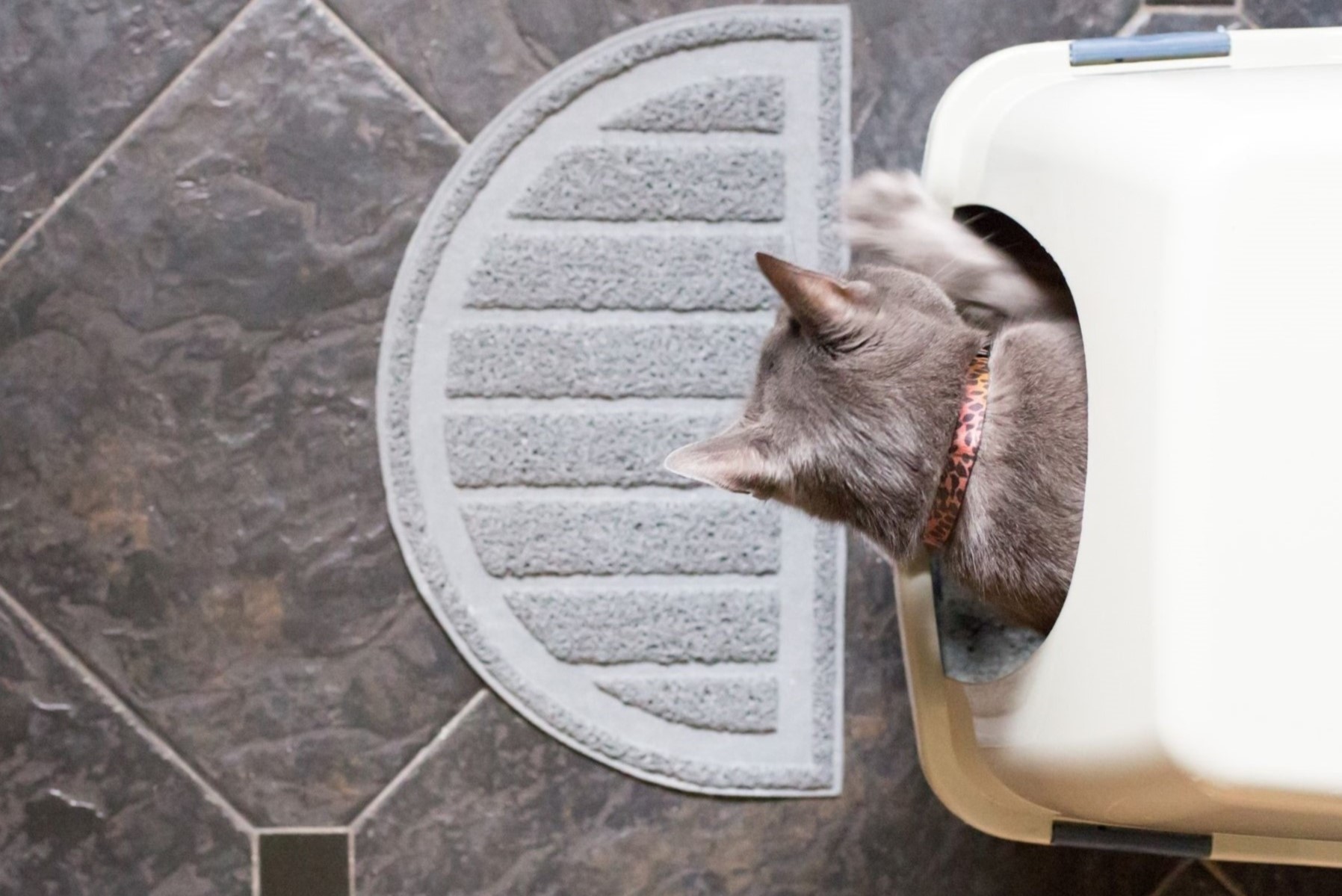
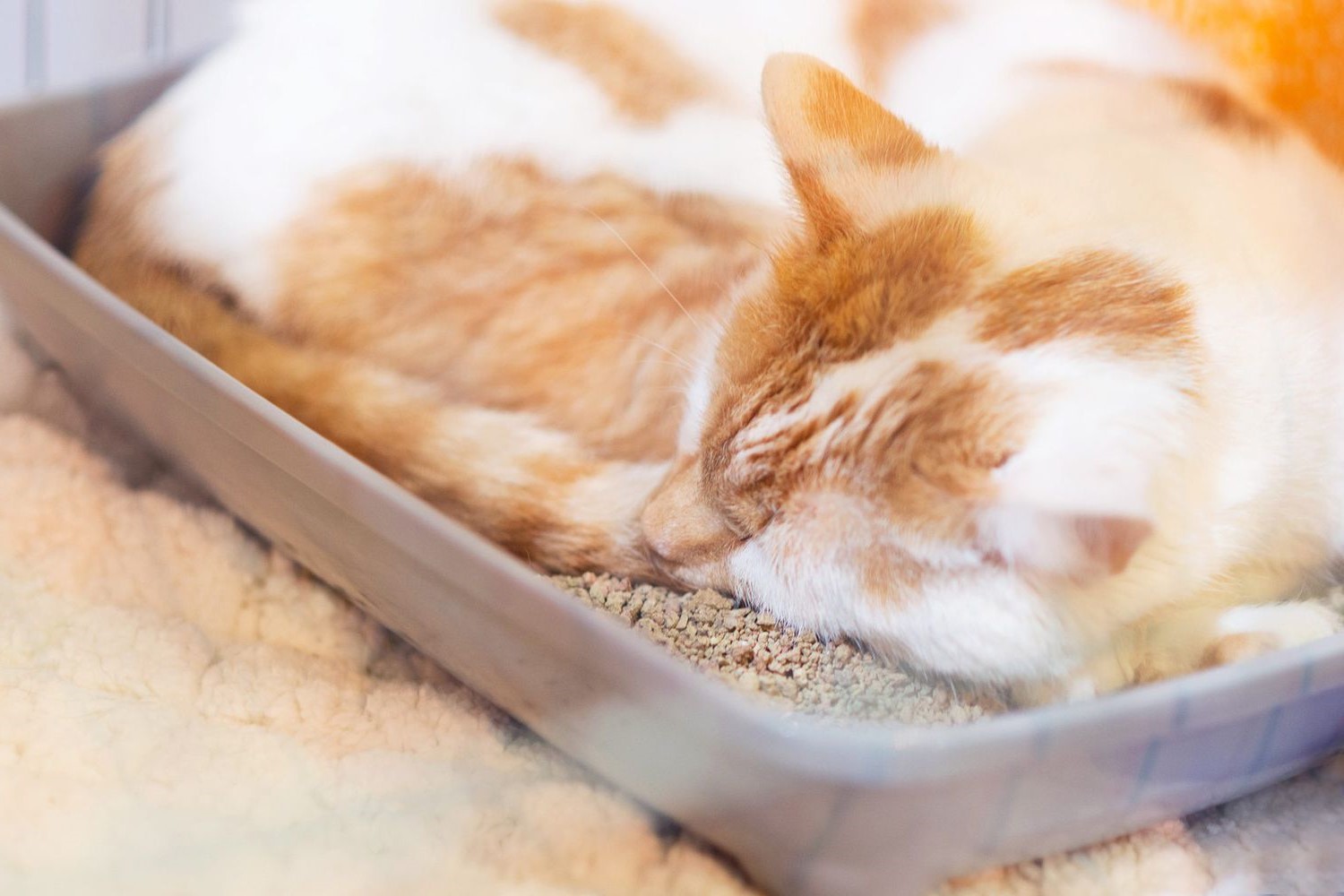
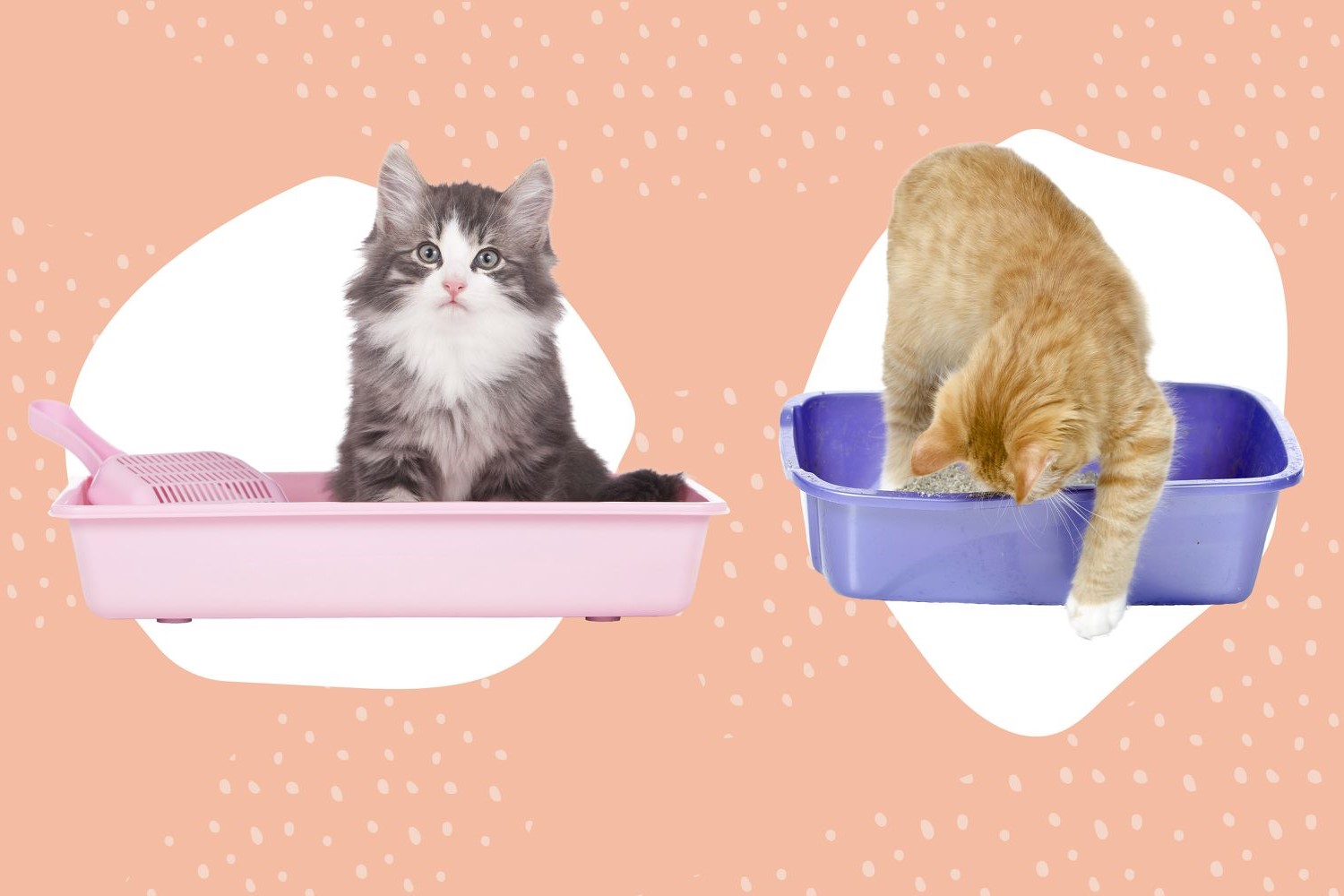
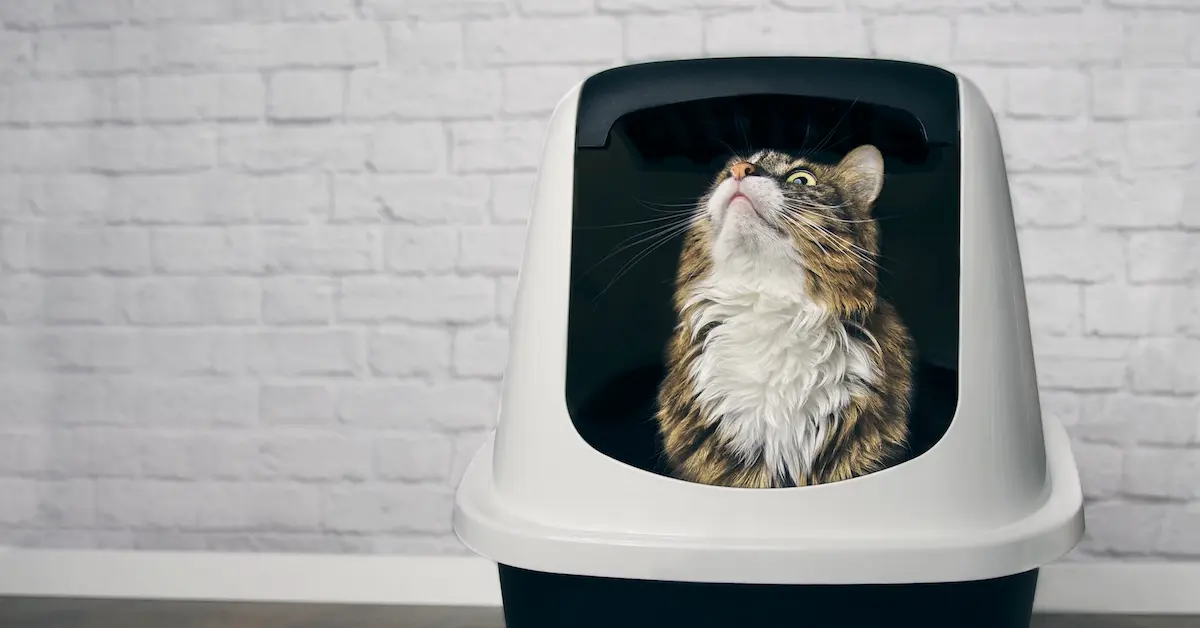
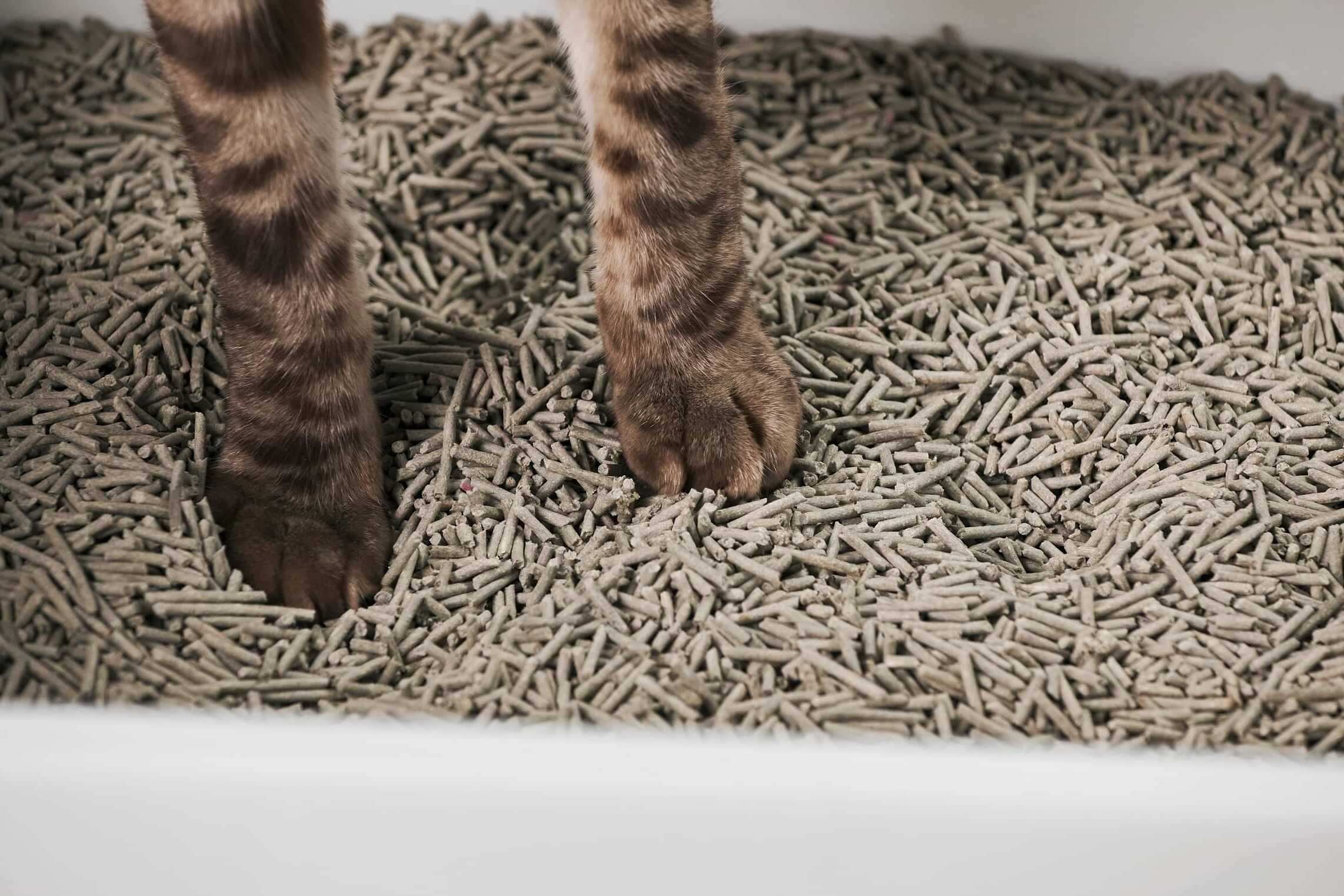
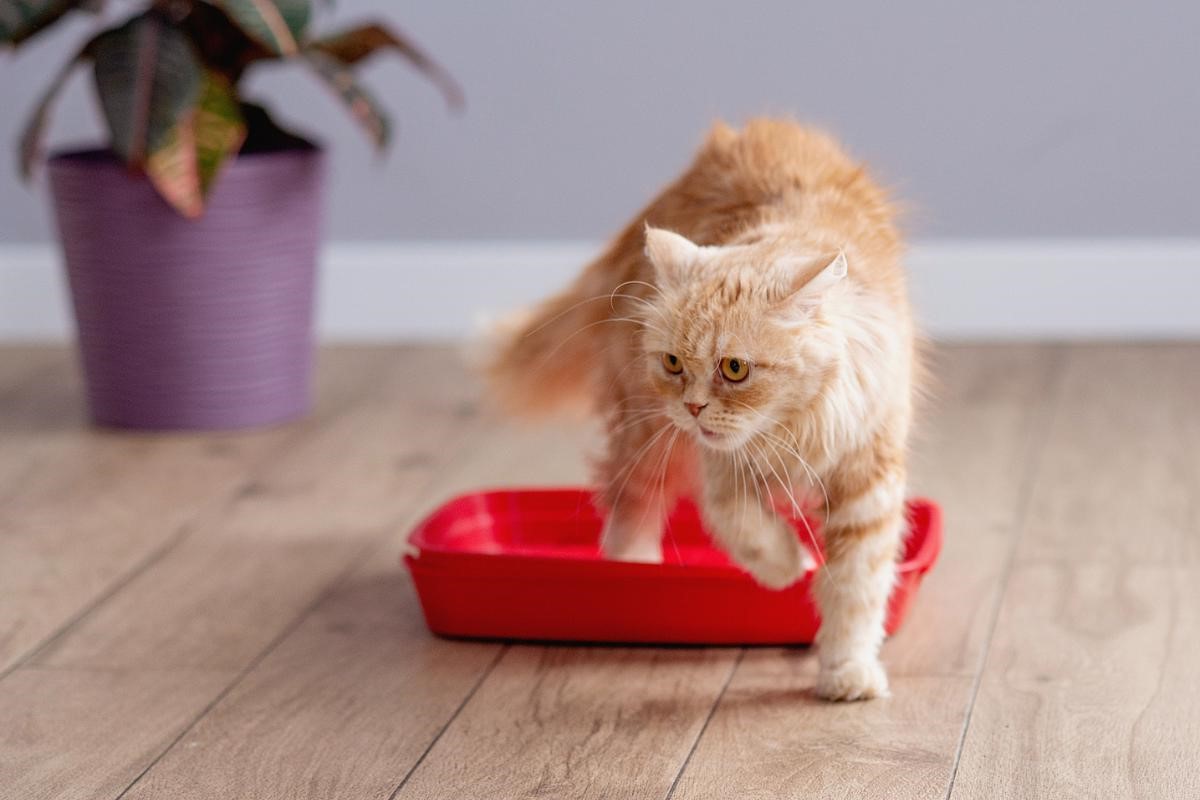
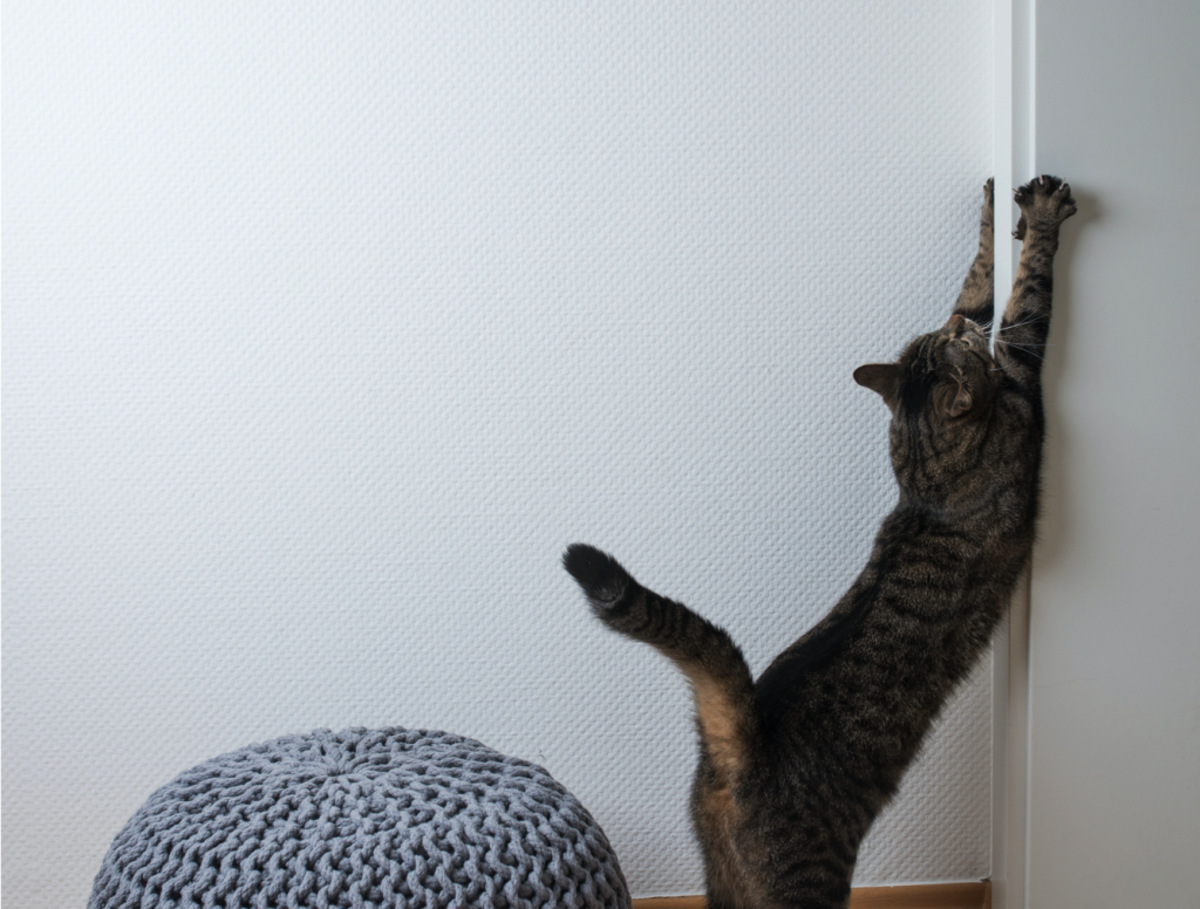
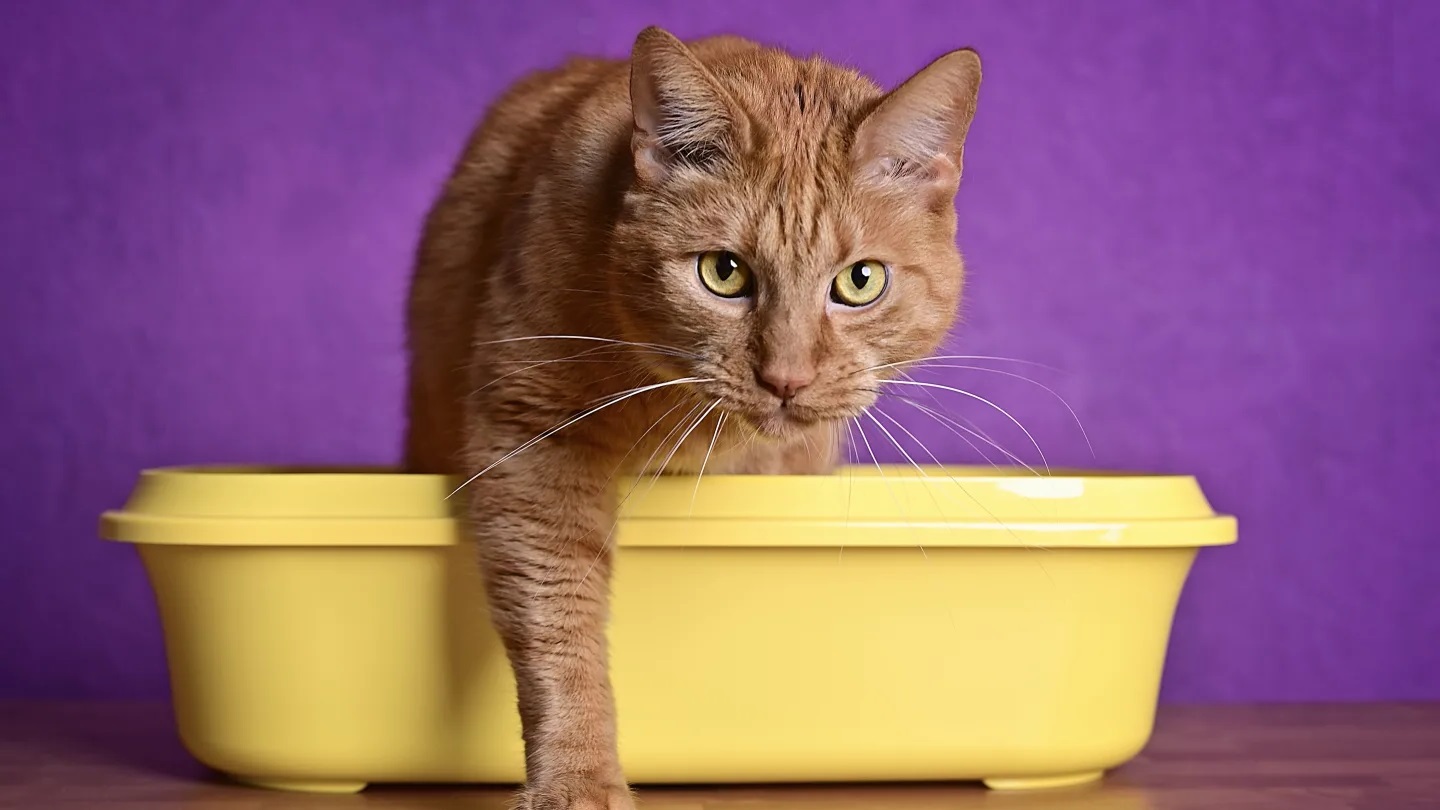
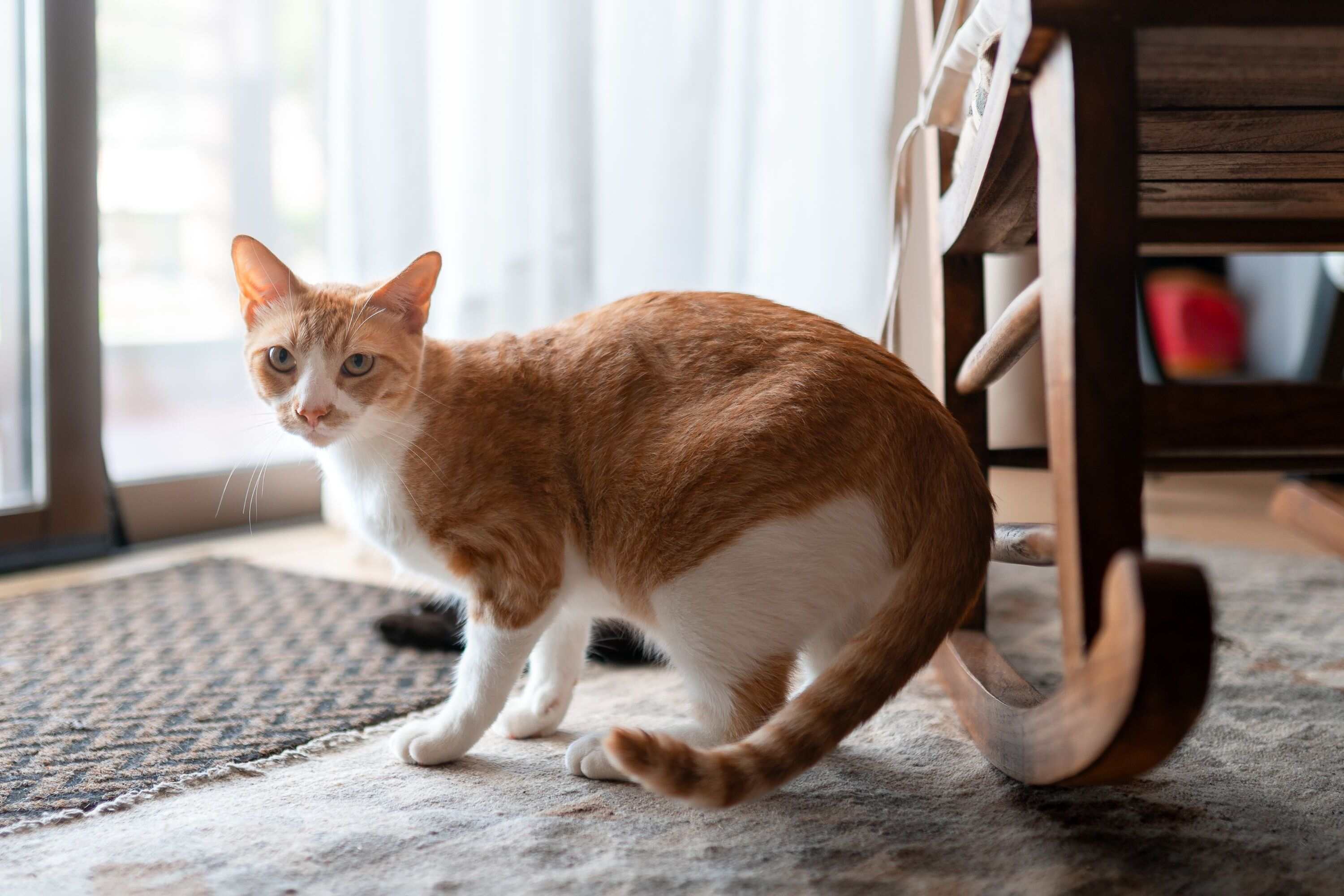
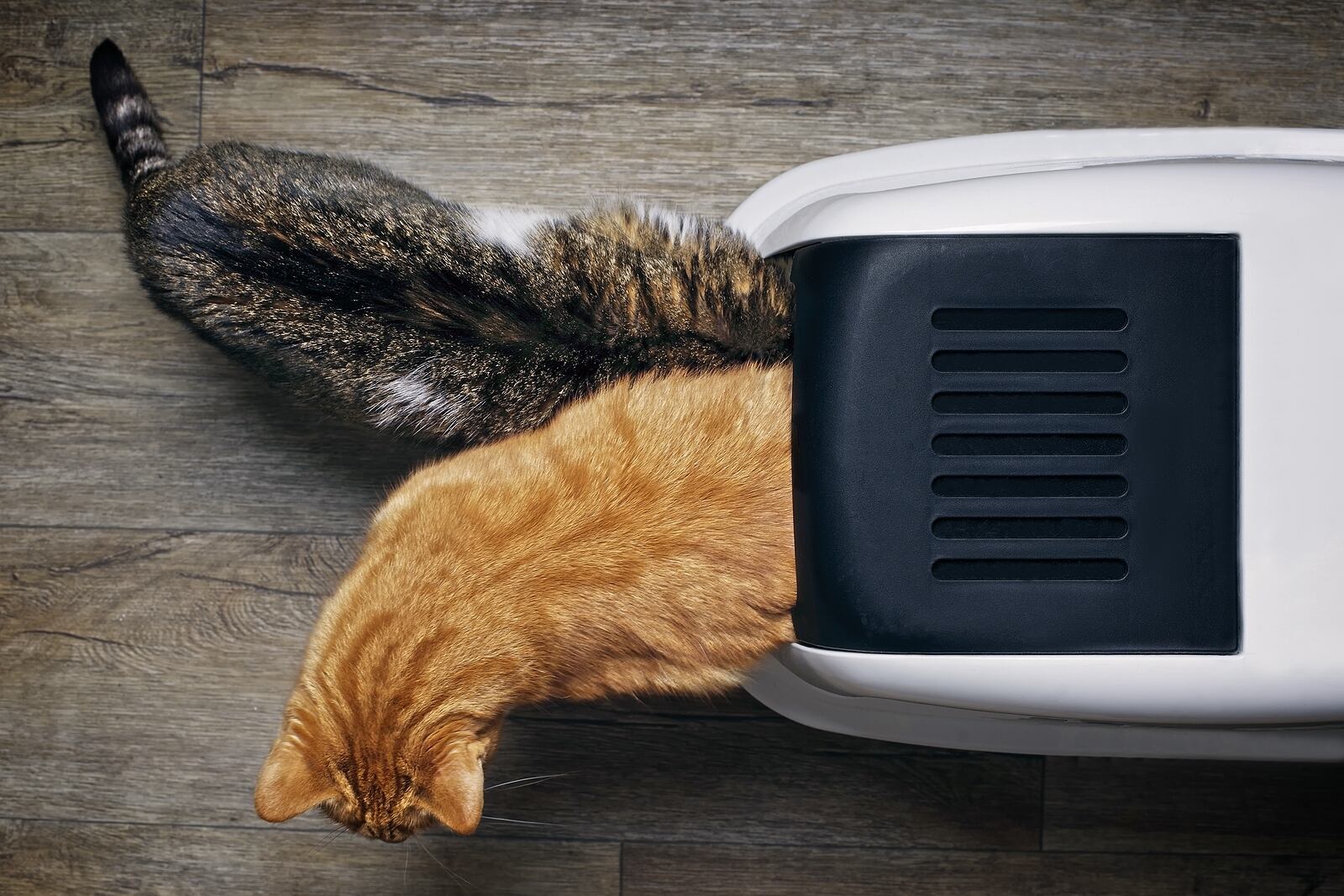
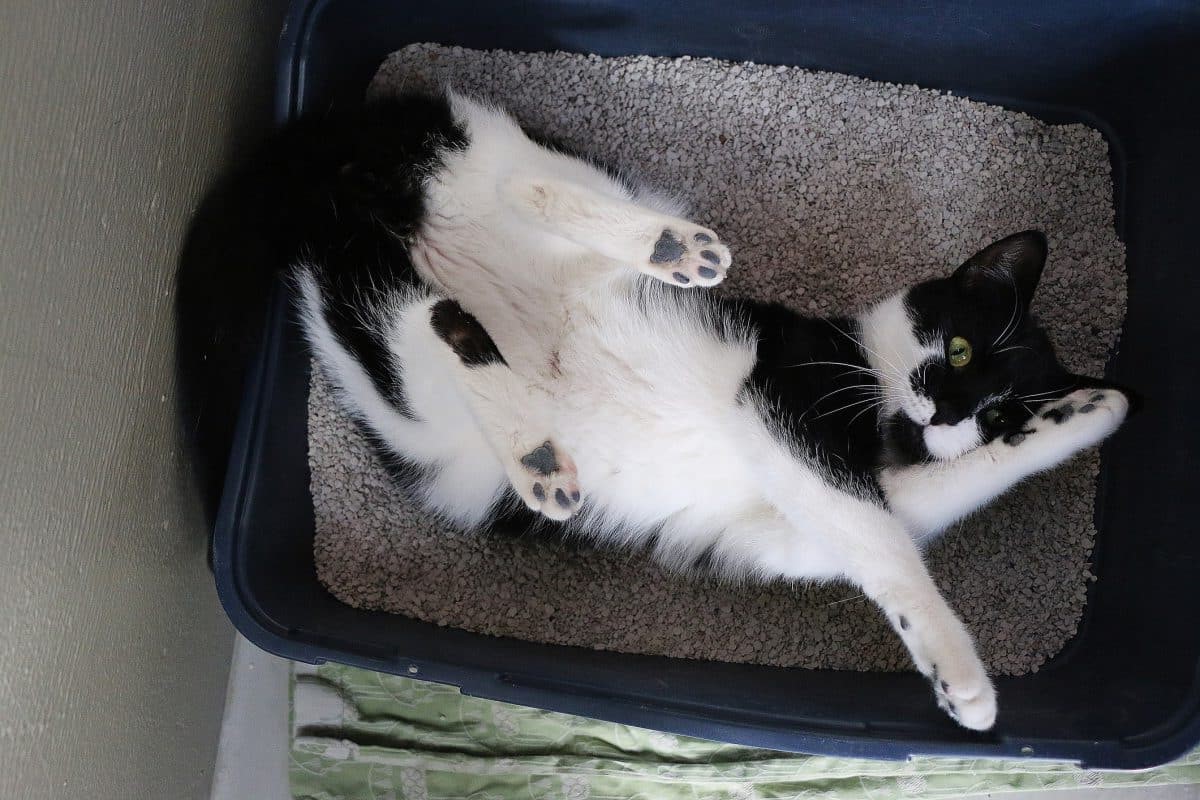
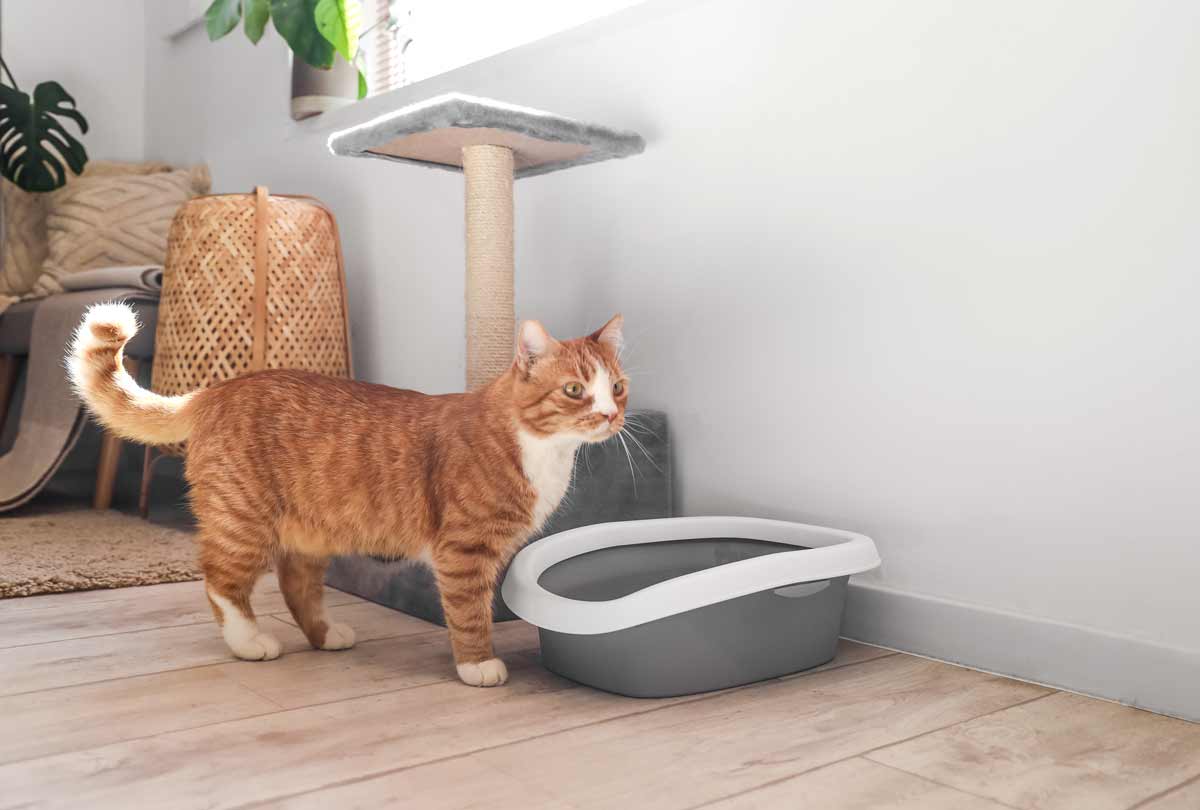
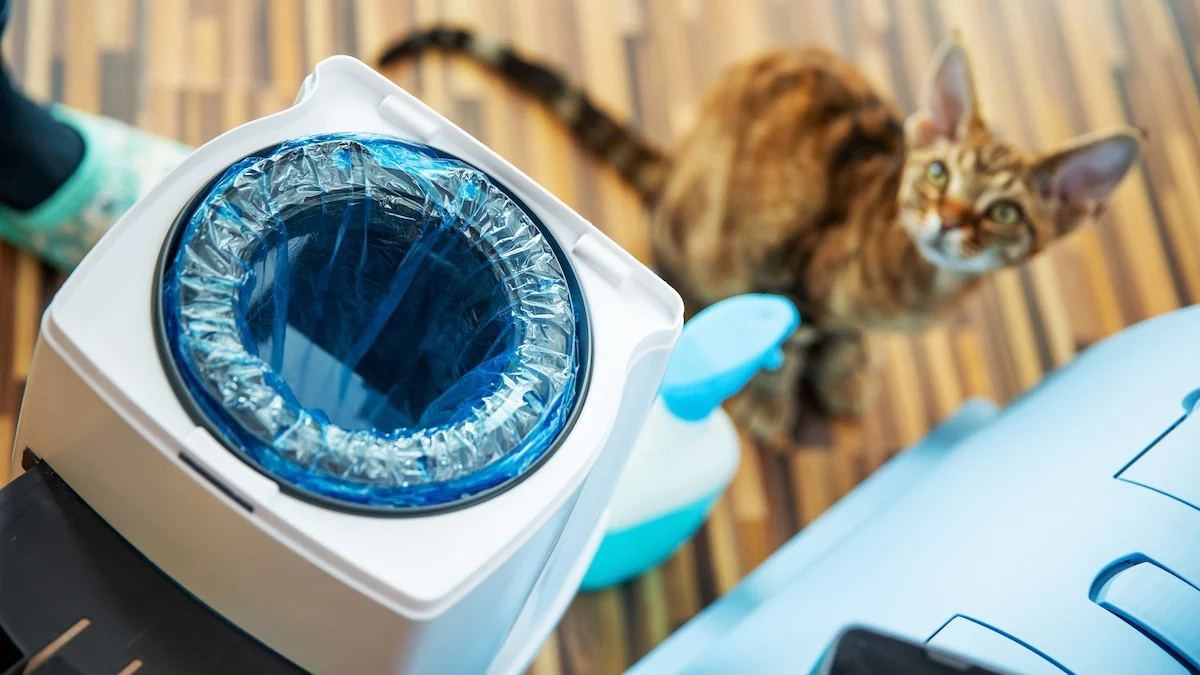

0 thoughts on “Why Does My Cat Meow After Using The Litter Box”